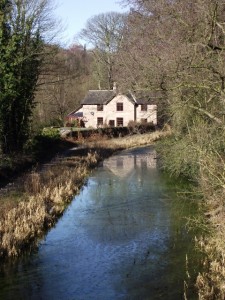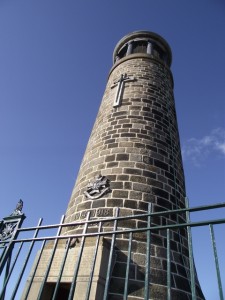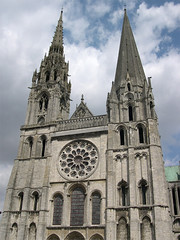A few weeks ago I switched my mobile phone supplier. The main reason was that the previous one, while cheap, had low signal levels in my home area; but I wasn’t in a big rush to change, and so had time to look at several alternatives.
One stood out from the others – not just on price (which is very good; arguably you can get as good a deal elsewhere, but you have to be very careful to do so), but far more because of the way it works.
Because it works as a community, even if it has a dependency on a commercial provider.
People may be aware that I’m a critic of the way in which the ethos of modern capitalism has led to damaging changes in society to create a ‘client class’ – people who will work for relatively little – certainly not a family living wage – and use that relatively little to buy what is thrown at them by aggressive marketing. I prefer models like distributism, which empower and humanise the individual rather than treating people as cogs in machines. But is must be accepted that there are some aspects of life – and communications networks are one of them – where the capital costs involved in the development of the network, and the scale of its maintenance, makes the human scale difficult to achieve.
Enter Giffgaff. Giffgaff is part of the O2/Telefonica group; so far so bad, or at least so much the same as everyone else. But what makes it different is this: for the bulk of its support and development, it uses the community of its users.
There’s no call centre; no warehouse where people are underpaid to resolve the same basic question time after time (and often to fail to resolve anything more complex), people treated as machines as an excuse for not having good enough machines in the first place. Instead you can search the community forums, and find your answer; or if you can’t find it, you can ask.
The community of existing users will respond, in an average of about 3 minutes, with advice and guidance – and usually the answer you need. For doing so, they gain payback – think of it as something like the Co-op ‘divvy’ – points which are converted to cash or phone credit six-monthly.
If it’s something which really can’t be resolved without enterprise-level intervention, you can email an agent; if something from the community needs intervention with the agents, there are ‘educators’ (hmm, unfortunately that sounds a bit Orwellian) who will do that.
Users don’t have to get involved – they still get a good deal, in exchange for not having the supposed convenience of a call centre – but there is an incentive to do so. Recruiting new users also gains payback.
This approach is an enormous strength in terms of service provision; but more, it’s an approach to a major-infrastructure based system which could be applied in other cases; and an approach which has a tendency to empower users, rather than to depersonalise them.
And at the end of the day, it delivers a service which actually costs less than its traditional rivals, scotching the suggestion that any human-centred business approach has to be more costly.
It may be the part of the jigsaw which has not been fully resolved in much distributist debate.
Take a look at giffgaff.com. Oh, and if you’d like to try it, use this link to order your SIM – that way you use the system to give me something for pointing you that way. It’s all part of the philosophy of rewarding community.









